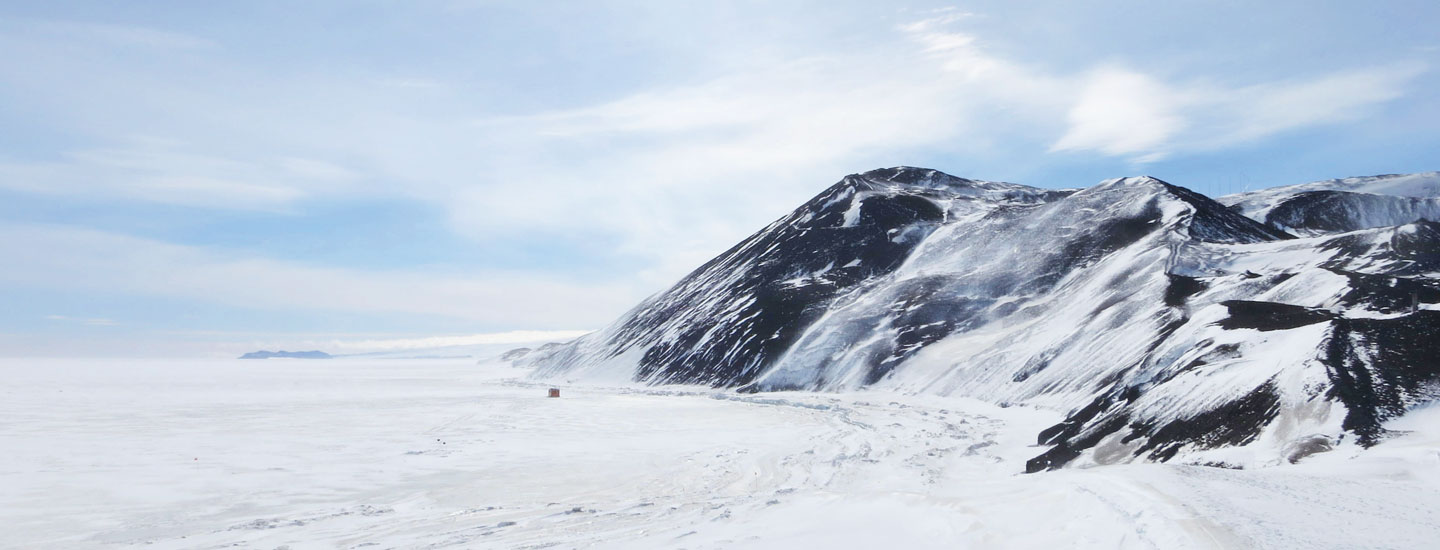JIM MCMAHON
Antarctica is the world’s most barren continent. Temperatures there can dip to -84 degrees Celsius (-120 degrees Fahrenheit). And the land is covered in an ice sheet up to 5 kilometers (3 miles) thick.
But there’s more to Antarctica than meets the eye. Each winter, a new blanket of snow covers the ground, and the layer of snow below it freezes solid. As the flakes freeze, they trap tiny pockets of air. Over time, the frozen bubbles become buried beneath thousands of layers of ice. The trapped gases contain clues about what was happening on Earth when the ice formed.
Murat Aydin is a scientist who studies Earth’s climate, or average weather patterns. He is analyzing Antarctica’s ice to learn what Earth was like thousands of years ago. “It’s like going back in time,” he says.
Antarctica is the world’s most barren continent. Temperatures there are freezing cold. They can dip to -84 degrees Celsius (-120 degrees Fahrenheit). The land is covered in an ice sheet. It’s up to 5 kilometers (3 miles) thick.
But there’s more to Antarctica than meets the eye. A new blanket of snow covers the ground each winter. The layer of snow below it freezes solid. The flakes trap tiny pockets of air as they freeze. The frozen bubbles become buried over time. They lie under thousands of layers of ice. The trapped gases contain clues. They can help scientists learn about Earth’s past.
Murat Aydin is a scientist who studies Earth’s climate. Climate is the average weather over a long period time. Aydin is looking at Antarctica’s ice. He wants to learn what Earth was like thousands of years ago. “It’s like going back in time,” he says.

